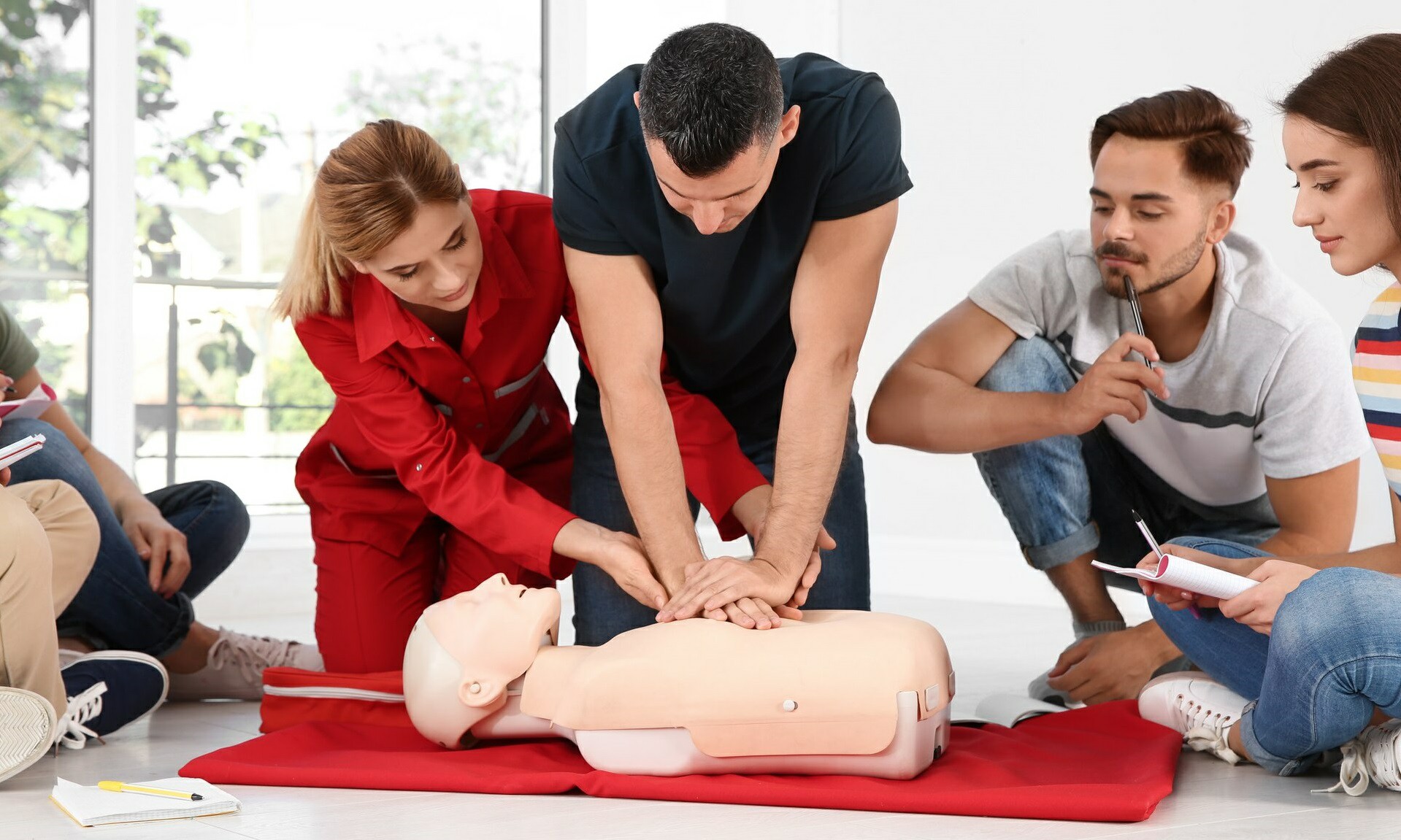


 349,500 Offered Certificates
349,500 Offered Certificates
 24/7 Online Training
24/7 Online Training
 Money Back Guarantee
Money Back Guarantee
 Fully Accredited Courses
Fully Accredited Courses

Created at: 25-02-2025 14:53
In today's fast-paced work environments, being prepared for emergencies is not just a luxury; it's a necessity. Completing a First Aid and CPR training course empowers individuals and organizations to respond swiftly and effectively in crises, enhancing overall safety and compliance with health regulations. This comprehensive guide explores the crucial importance and myriad benefits of obtaining First Aid Certification.
Accidents can happen at any time—whether it's a minor cut, a sudden heart attack, or a workplace injury. Having trained individuals on-site can mean the difference between life and death. First Aid and CPR training teaches participants how to assess situations quickly and take appropriate action, ensuring that help is provided as swiftly as possible.
Cardiopulmonary resuscitation, or CPR, is a critical skill taught during First Aid training. By learning and practicing CPR techniques, employees can significantly improve the chances of survival for someone experiencing cardiac arrest.
Many industries are required by law to have certified First Aid responders on-site. Completing a reputable First Aid course ensures compliance with local health and safety regulations, reducing legal liabilities. Additionally, having certified employees fosters a culture of safety and responsibility within the workplace, reassuring both staff and clients.
A critical part of First Aid training is learning structured emergency procedures. Participants are taught to follow these steps:
When selecting a First Aid course, consider the following factors:
In today’s digital age, online First Aid courses provide flexibility for teams who may struggle to find time for in-person training. Employees can learn at their own pace, revisit complex topics, and often access resources even after course completion. This adaptability can lead to better retention of knowledge and skills.
Investing in First Aid and CPR training is investing in your organization’s safety culture. By empowering your employees with the skills they need, you’re not only protecting their well-being but also fostering a proactive and responsible workplace. Ready to enhance your workplace safety? Enroll in a certified First Aid & CPR training course today!
For inquiries, reach out to us at [email protected].